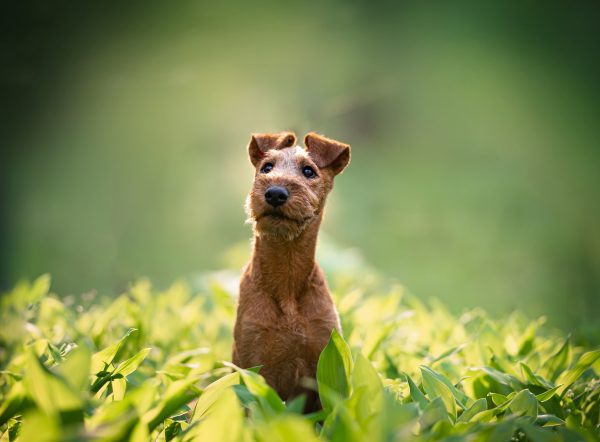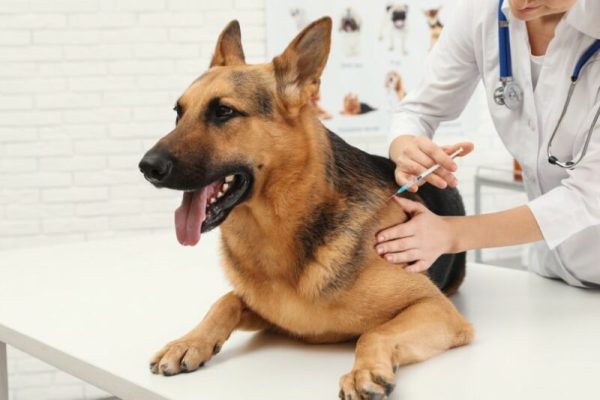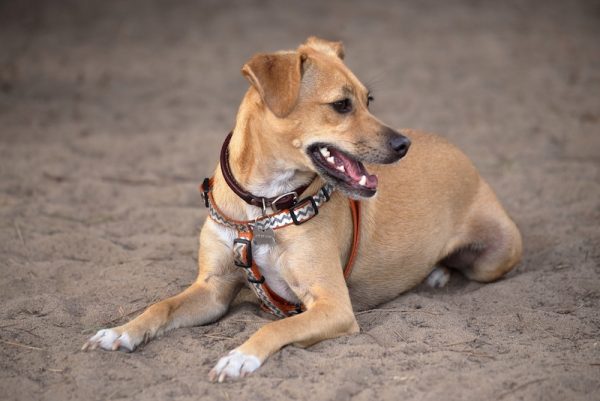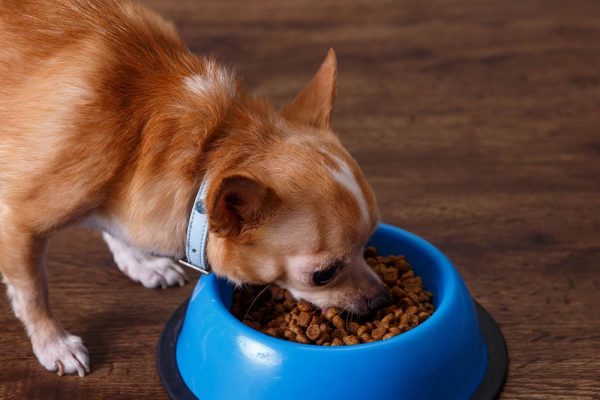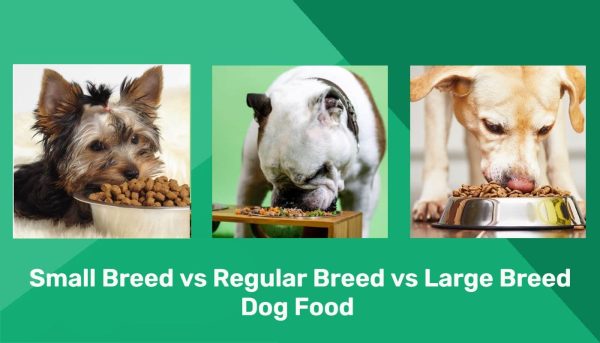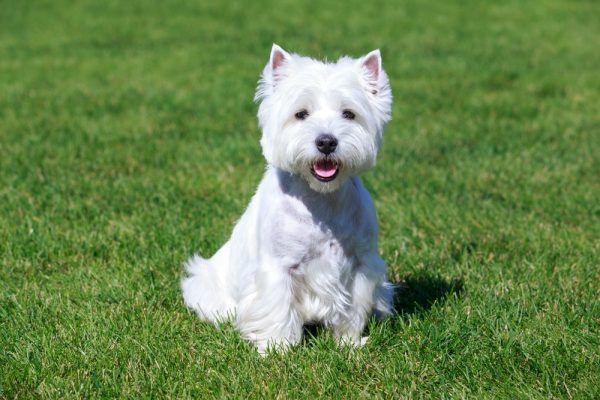Having a dog as part of your life is a privilege. When we take on this fun and loving responsibility, we find ourselves wanting the best for our fur babies. When you see your pup suffering, you instantly want to help. Unfortunately, for many dogs out there, dealing with skin issues is par for the course, as certain breeds are particularly susceptible to skin issues like infections, allergies, and rashes. Some owners may not know that the dogs they’ve chosen have these tendencies.
While every breed can suffer from food, environmental, and skin allergies and infections, here, we look at the ones that are more prone to these problems than others. This way, you can be better prepared if your pup presents with an issue, and you can get them the care that they need.

The 10 Dog Breeds Prone to Skin Problems
1. Chinese Shar Pei

The Chinese Shar Pei is a wrinkly wonder of a breed that people around the world simply adore. Unfortunately, they also are prone to having skin problems, like many dogs with short coats. The skin of a Shar-Pei also folds over on itself, which means small hairs on one side are poking the other. This often causes skin irritation. Chinese Shar Pei may also deal with allergies, which can exacerbate this irritation.
2. American Bulldog

American Bulldogs are common in almost every neighborhood. These dogs are fiercely loyal and full of energy. They are also prone to allergies. These can present as either environmental or food related. Either way, they can be damaging to your Bulldog’s skin. This breed is also susceptible to a genetic condition called ichthyosiform dermatoses. When this condition is present, itchy, redness, and scaliness of the groin, armpit, and belly are possible. Dogs with ichthyosiform dermatoses, or fish scale disease, can also cause yeast, ear, and between-paw infections.
3. Standard Poodle
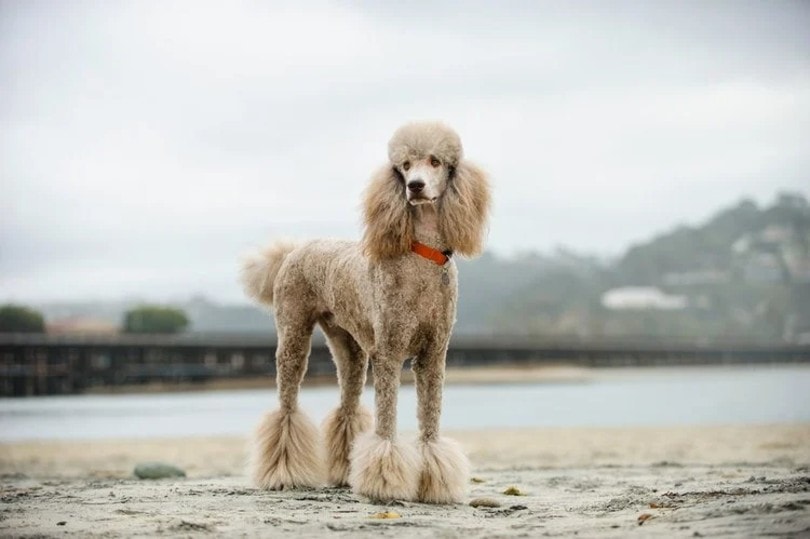
Have you ever seen a Standard Poodle that looks as though moths have been munching on their fur? If you answered yes to this question, the Poodle most likely has granulomatous sebaceous adenitis. This condition causes hair loss due to its effect on the dog’s oil glands. Secondary infections are also quite likely due to this condition. Unfortunately, there are no treatments for granulomatous sebaceous adenitis that are guaranteed. However, a veterinarian can make suggestions on things that can help.
4. English Bulldog

English Bulldogs are easily one of the coolest breeds around, but unfortunately, they are also prone to several skin problems. The adorable folds everyone loves can also play host to disease and infection. Bacterial and yeast infections are quite common in this breed if special care and cleaning of the folds aren’t followed. Painful tumors are also quite common in young English Bulldogs. While many of the tumors are benign and go away on their own, it is possible for bigger issues to develop, such as bleeding, continued growth, pain, and infection.
5. Labrador Retriever

The Labrador Retriever is one of the most popular dogs in the world. They are also a breed that is prone to allergies, both environmental and food related. Of course, these allergies can lead to other skin issues. If your Lab is showing signs of an allergy, it’s time to visit your veterinarian to determine what is causing the issue and work out a plan to help your pup feel better.
6. American Pit Bull Terrier

Known as a fierce dog that is extremely loyal, the American Pit Bull Terrier also has a weak immune system. This weakened system can lead to different types of skin infections and even mites that affect the hair follicles. To help battle these issues, make sure your American Pitbull Terrier is eating a healthy diet and receives all their required vaccinations.
7. Cocker Spaniel

If you have a Cocker Spaniel, you’re accustomed to their weighty, floppy ears and jowls. While these attributes are cute and endearing, they are also the perfect places for infections. Yeast infections are common in this breed due to the warm, humid areas under their weighty ears. You’ll find that lip infections due to bacteria growth in the folds are also issues for this breed. Spaniels are susceptible to environmental and food allergies too, with pollen, plastic, sand, and wool being particular problems.
8. Doberman Pinscher

The Doberman is known as a breed that will protect their humans at all costs. They are also known for dealing with hypothyroidism. While it may not happen to every dog dealing with this condition, hypothyroidism can cause dry, flaky skin or a thinning coat. Some dogs experiencing this disease are also more likely to get secondary skin infections that require treatment.
9. Bichon Frise
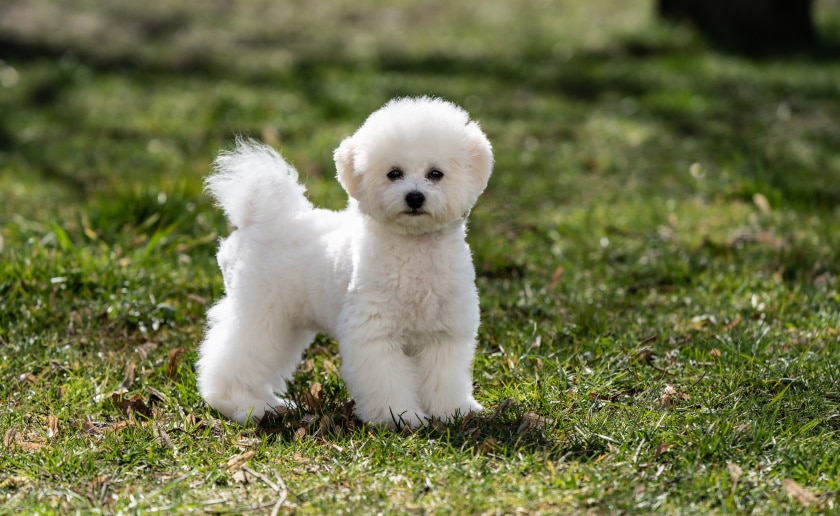
When discussing skin problems, the Bichon Frise comes to mind due to the breed’s issues with insects, especially fleas. All dogs itch when they are bitten by a flea, but for the Bichon Frise, that itch can be unrelenting. It can also cause skin irritation. Your dog’s scratching may also damage the skin, which is why protecting your pup against flea infestation is so important.
10. German Shepherd
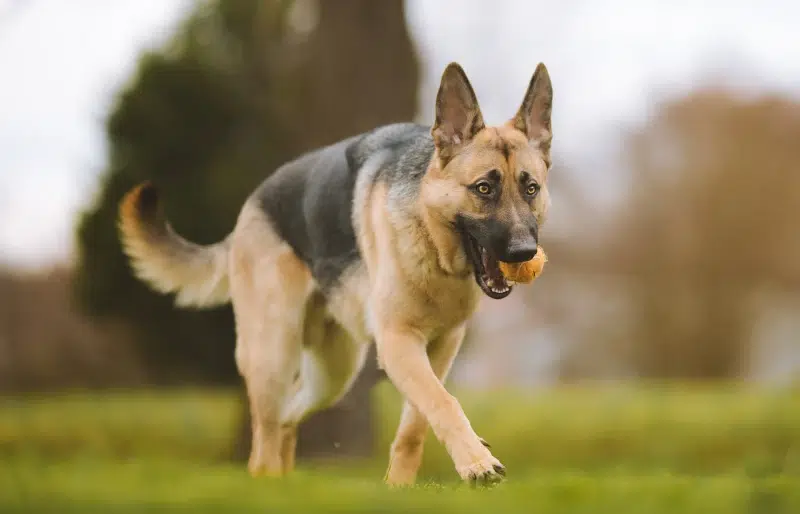
Looking at the powerful German Shepherd can make many of us think they are impervious to things. That’s not the case. Even the mighty German Shepherd can have skin problems. Like the Bichon Frise, this breed can get itchy and red when dealing with fleas. You’ll also find that they are prone to food allergies.

Final Thoughts
While any dog can potentially have skin problems, this look at a few of the most notorious breeds can help owners be on the lookout for them. If you notice anything strange about your dog’s skin, be it redness, swelling, or flakiness, reach out to your veterinarian. They can help you determine what’s causing the issue and find a suitable treatment to help your pup feel better quickly.
Featured Image Credit: KatrinaToompere, Shutterstock



